
Phase 1 of 3 for the Sunrise is Complete: 4 Key Enhancements & What Comes Next
TL;DR
- The Graph's Sunray phase is officially complete, a crucial milestone in the .
- All developers across all chains can now seamlessly upgrade their hosted service subgraphs to The Graph Network.
- available on The Graph Network, providing 100,000 queries per month to help developers get started on the network. When developers want to scale their dapp, they can begin paying for queries in the Growth plan.
- Developers can use to pay for queries.
- some of the most popular chains including Arbitrum, Avalanche, Base, Celo, Fantom, Gnosis, Near, Optimism, Polygon, Scroll, Zksync, and more than 40+ in total.
The recommitment of the made in October 2023 is now a reality, solidifying The Graph as the decentralized internet’s standard for open data. With the completion of Sunray, on The Graph Network has truly never been easier. From more chains to free queries, improved billing, these exciting new features further solidifies The Graph as the standard for querying data in web3.
Sunray: Several New Features
The Graph Network introduces several new features in the completion of the Sunray phase, each significantly enhancing the developer experience.
Upgrade Interface
Subgraph Studio introduces a simplified upgrade interface designed for efficiency and ease of use. This new user-friendly UI flow makes it easy to , allowing developers to begin querying blockchain data powered by the decentralized network rapidly and easily. Hosted service subgraphs can be upgraded without paying gas, be batched together, and will become immediately available to query on the network.
Free Plan
Free monthly queries empower developers to use The Graph Network from day one without any upfront investment, enabling them to easily get started querying both existing and new subgraphs.
As projects grow and requirements expand, this plan offers an exciting starting point for developers to scale their queries seamlessly as usage of their dapp grows. Users start with 100,000 free queries per month, and can easily transition to a paid plan.
Easy Card Payments
Easy billing with credit and debit cards simplifies the payment process and allows for predictable pricing. This feature not only makes transactions easier but also bridges the gap between traditional financial systems and decentralized technologies, offering developers a familiar and straightforward payment method. While developers can continue using GRT to pay for query fees directly, this payment method empowers developers to conveniently access blockchain data with fiat. Meanwhile, Subgraph Studio handles payments to Indexers in native GRT.
40+ Chains Now Supported on the Network
Developers across a can power their dapp’s data using subgraphs on The Graph Network benefitting from fantastic features including fast syncing times, a seamless billing experience, access to decentralized physical infrastructure (DePIN), and superior quality of service (QoS). All networks previously supported on the hosted service can now be published and queried on The Graph Network.
Completing Phase 1 of The Sunrise of Decentralized Data

The Sunrise of Decentralized Data empowers developers using the hosted service to upgrade to the Graph Network
Sunray was the initial phase in this vision, laying the groundwork for each subsequent phase. The next phase, Sunbeam, aims to further this momentum with a which will be announced in the coming days. This period is crucial for developers to transition their existing hosted service subgraphs to The Graph Network, leveraging the improvements and innovations introduced in Sunray. After the upgrade window, subgraphs on the hosted service will stop serving queries.
The Graph Network's support for over marks a significant milestone in decentralized data accessibility thanks to the . Fully integrated chains with indexing rewards enabled enjoy the highest QoS, thanks to dedicated Indexers that ensure optimal performance and reliability. To improve the QoS, ecosystems can complete the (CIP). Any Indexer can serve as an upgrade Indexer to further empower The Graph’s decentralized network.
As The Graph progresses through the Sunrise of Decentralized Data, the ecosystem continues to solidify its role as the backbone of the web3 data infrastructure. This journey reiterates the network's dedication to providing developers with robust, efficient, and scalable solutions for their dapps.
Upgrade to The Graph Network Now!
Developers are encouraged to benefit from these new updates and enhancements to experience the benefits they cannot get anywhere else including a seamless developer experience, impressive quality of service, and the security that comes with access to decentralized physical infrastructure.
Each phase of Sunrise is designed to give developers the tools and resources needed to build the next generation of dapps! In addition, these advancements provide unprecedented opportunity for Indexers and Delegators with the growth of query fees as more and more developers query subgraphs on The Graph.
There has never been a better time to start! Find a step-by-step guide and start building your dapp .
About The Graph
is the source of data and information for the decentralized internet. As the original decentralized data marketplace that introduced and standardized subgraphs, The Graph has become web3’s method of indexing and accessing blockchain data. Since its launch in 2018, tens of thousands of developers have for dapps across 50+ blockchains - including Ethereum, Arbitrum, Optimism, Base, Polygon, Celo, Fantom, Gnosis, and Avalanche.
As demand for data in web3 continues to grow, The Graph enters a with a more expansive vision including new data services and query languages, ensuring the decentralized protocol can serve any use case - now and into the future.
Discover more about how The Graph is shaping the future of decentralized physical infrastructure networks (DePIN) and stay connected with the community. Follow The Graph on , , , , , and . Join the community on The Graph’s , join technical discussions on The Graph’s .
oversees The Graph Network. The Graph Foundation is overseen by the . , , , , , , and are eight of the many organizations within The Graph ecosystem.
